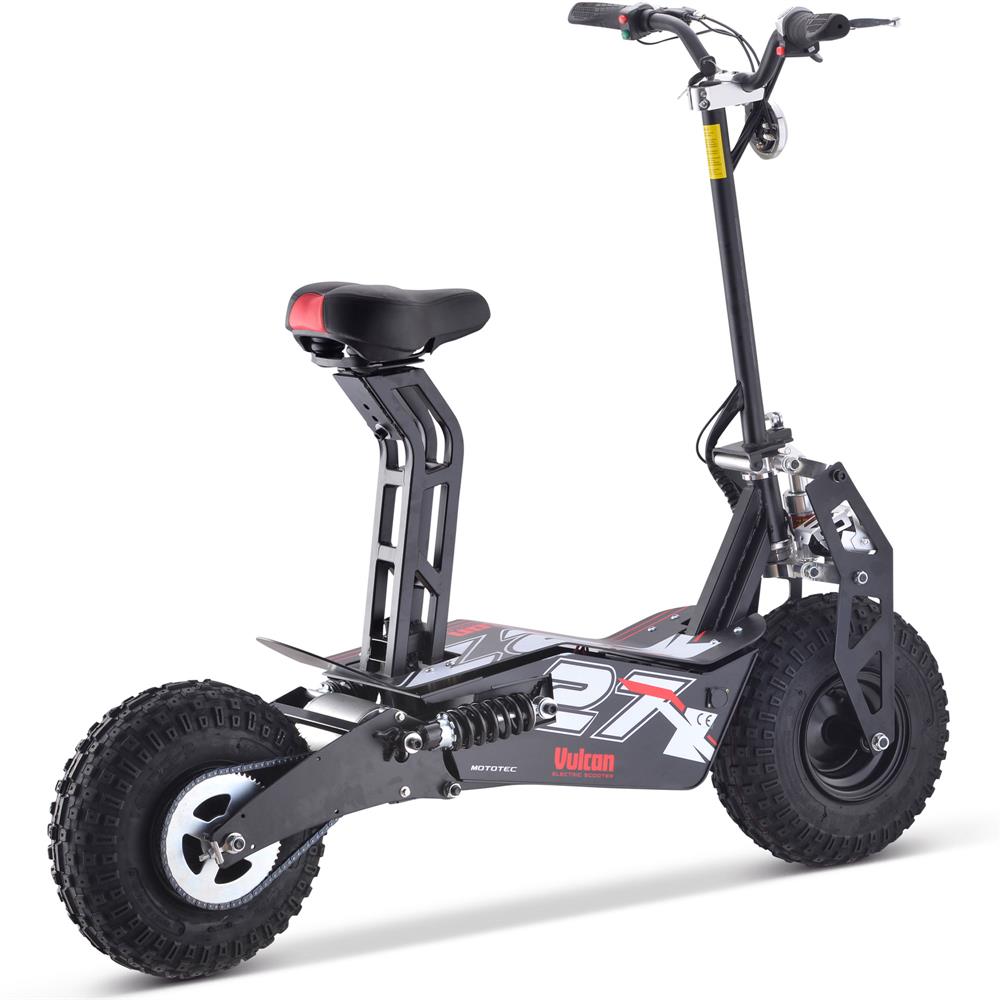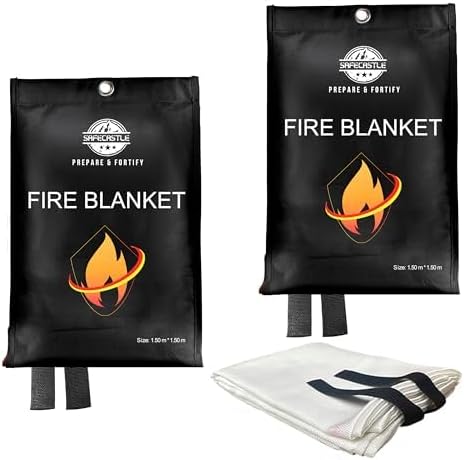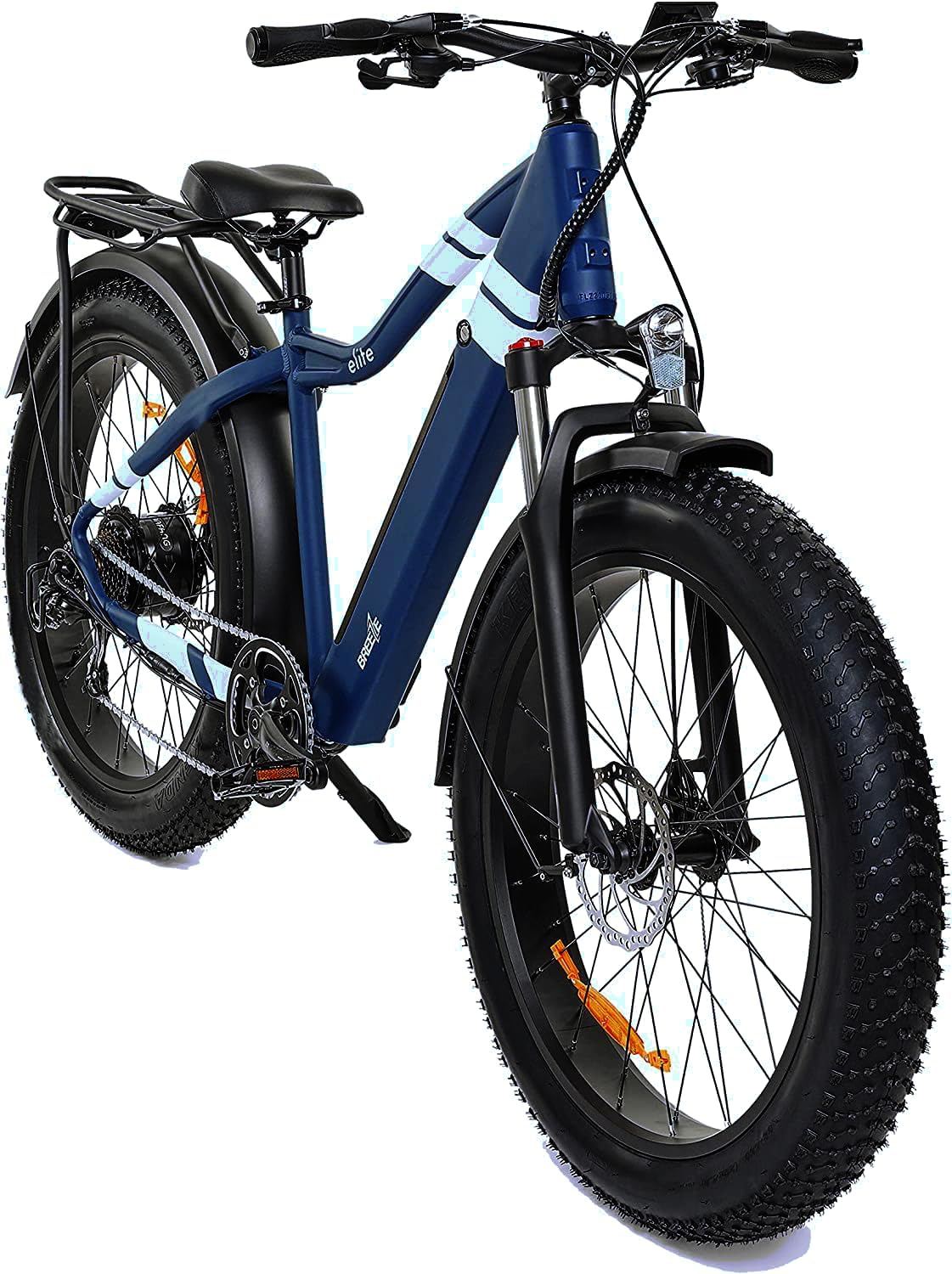Campfire debates about which tree species reign supreme in building the best wood for a fire. But science and personal preference aside, practicality and dryness are the most critical factors when gathering firewood.
Dryness

Regardless of the type of wood, wet firewood is a poor choice. Wet wood might feel dense, giving the illusion of being a good burn. However, this weight comes primarily from water content, which is detrimental to your fire. A significant amount of heat energy is wasted trying to dry out wet wood before it reaches its ignition temperature. Excessive wet wood can extinguish an otherwise healthy fire and create unnecessary smoke due to incomplete combustion.
Greenwood, which refers to growing or recently growing wood, is incredibly wet. A whopping 60% or more of a living tree's weight is water. Just like humans, trees are mostly water.
As you gather firewood, keep in mind that even dead wood can be too far gone if it's excessively dry and crumbly, also known as punky wood. This type of wood is useless for a fire and is well on its way to becoming a natural fertilizer for plants. The wood is rotten. Just leave it to decompose.
Seasoned Wood

As wood dries out, it goes through a process called seasoning. The seasoning time depends on several factors. Wood with intact bark dries much slower than peeled wood. Firewood with the bark on, cut to stove length and stacked near your house, loses most of its moisture through the cut ends. However, green wood can last from nine months to two years to season adequately, assuming good air circulation. Splitting and stacking the wood helps speed up drying.
Interestingly, thoroughly dried wood isn't technically "dry." It only needs to reach a moisture content below 25% to be considered dry. Even well-seasoned wood retains around 20% moisture. In simpler terms, a 5-pound piece of seasoned wood (80 ounces) consists of 4 pounds (64 ounces) of wood fiber and 1 pound (16 ounces) of water.
While you won't have a moisture meter on hand while camping, you can still identify good firewood by selecting dead and downed wood that appears and feels dry. Another test is to break a piece of wood. If it snaps cleanly with a sharp crack, you've likely got yourself some good firewood.
A Cord of Firewood:

A "cord" refers to the amount of wood in a stack, not the weight. Traditionally, a cord is a pile of firewood that's 4 feet wide, 4 feet high, and 8 feet long. If you multiply those side lengths together (4 x 4 x 8), you get 128 cubic feet of space.
because there are gaps between the pieces of wood, there's actually less usable wood than that 128 cubic foot number suggests. According to the U.S. Forest Products Laboratory, a cord of firewood really only holds about 85 cubic feet of solid wood.
The weight of a cord of wood also varies depending on the type of wood and how dry it is (seasoned). A seasoned cord of wood will weigh at least a bit less than a ton (2,000 pounds), but some types of wood can weigh over two tons per cord!
The Importance of Wood Density
The primary difference between wood species when it comes to fire is their density. Denser wood generally holds more latent heat energy, which is released when the wood burns. Measuring latent heat energy is not an exact science due to various factors, like air humidity, which can steal some heat energy from the fire. However, we can categorize and rank wood based on the available heat energy per unit of weight, such as a pound or kilogram.
Softwoods: Fast and Light

Softwoods, including pine, spruce, and cedar, are less dense. A cord of well-seasoned cedar, one of the least dense woods, weighs around 1,900 pounds. Softwoods are easier to ignite and burn relatively quickly. They produce ample light but provide less heat and have short-lasting coals. Depending on its resin content, soft, dry wood makes decent kindling and fair-to-good firewood.
Resinous wood can often be identified by sight due to its visible sap, sweet scent, and sticky feel. Although softwoods tend to contain resin, which increases latent heat energy, hardwoods still outperform them in terms of overall heat output. Additionally, softwoods, particularly those high in resin, tend to "pop" and throw sparks, while hardwoods generally do not.
Hardwoods: Slow and Steady

Hardwoods like oak, maple, and hickory are much denser than softwoods like cedar or pine. A cord of well-seasoned hickory, one of the thickest woods, can weigh over 4,300 pounds. Hardwoods are more challenging to ignite and burn slower, but they produce significant heat and long-lasting coals. Due to the varying densities of hardwoods, they are sometimes further categorized into "medium hardwoods" and "hardwoods."
Medium Hardwoods: The Middle Ground
Medium hardwoods, like alder, aspen, cottonwood, maple, and sage, fall between softwoods and hardwoods regarding ignition ease and burning speed.
Identifying Wood Types: Softwoods vs. Hardwoods
You don't need to be a tree expert to distinguish between softwoods and hardwoods. Here's a simple trick:
Softwoods: These are evergreen trees with needles. Examples include pine, spruce, fir, cedar, and hemlock.
Hardwoods: These trees have broad, flat leaves that they shed seasonally. Examples include oak, maple, hickory, birch, beech, and ash.
There are a few exceptions, like willow trees, which have flat leaves but share some characteristics with softwoods. However, for most firewood gathering situations, this basic distinction will suffice.
In an ideal fire-building scenario, softwoods make excellent kindling due to their ease of ignition, while hardwoods provide the best fuel for long-lasting fires because of their slow, steady burn and high heat output.
Best Firewood to Burn Chart: A Quick Reference

The provided wood chart offers a detailed breakdown of various wood types and their fire performance. It combines research from the U.S. Forest Products Laboratory and the New Mexico State University Cooperative Extension Service with practical experience.
Hard Woods
| Name | Heat | Ease of Burn | Remarks |
|---|---|---|---|
| Apple | High | Poor | Good firewood, small flame, nice aroma. |
| Alder | Low | Good | Poor firewood, burns fast. |
| Ash, black | Medium | Fair | Good firewood. |
| Ash, White | High | Good | Excellent firewood. |
| Aspen | Low | Good | Fair firewood, good for kindling. |
| Basswood | Low | Good | Fair firewood, good for kindling. |
| Beech | High | Fair | Good firewood, tends to throw off sparks. |
| Birch, black | High | Good | Good firewood, but burns fast. |
| Birch, Gray | Medium | Good | Fair firewood, but burns fast. |
| Birch, Paper | Medium | Good | Fair firewood, but burns fast. |
| Birch, White | Medium | Good | Fair firewood, but burns fast. |
| Birch, Yellow | High | Good | Good firewood, but burns fast. |
| Cherry | Medium | Fair | Fair firewood, burns slow, nice aroma. |
| Chestnut | Low | Fair | Poor firewood, tends to throw sparks. |
| Cottonwood | Low | Good | Fair firewood, good for kindling. |
| Dogwood | High | Good | Excellent firewood. |
| Elder | Low | Good | Poor firewood, burns fast. |
| Elm, American | Medium | Fair | Fair firewood, burns slow. |
| Elm, White | Medium | Fair | Fair firewood, burns slow. |
| Gum | Medium | Fair | Fair firewood. |
| Hackberry | Medium | Fair | Fair firewood. |
| Hawthorn | High | Fair | Good firewood. |
| Hemlock | Low | Fair | Fair firewood. |
| Hickory | High | Good | Excellent firewood. |
| Hornbeam | High | Good | Excellent firewood. |
| Locust | High | Poor | Fair firewood. |
| Maple, Hard | High | Good | Excellent firewood. |
| Maple, Soft/red | Medium | Good | Good firewood. |
| Maple, Sugar | High | Poor | Good firewood, once it starts burning. |
| Mesquite | High | Fair | Good firewood. |
| Oak, red | High | Poor | Excellent firewood. |
| Oak, White | High | Poor | Excellent firewood, once it starts burning. |
| Pecan | High | Good | Excellent firewood. |
| Sycamore | Medium | Good | Good firewood. |
| Walnut | Medium | Good | Good firewood. |
| Willow | Low | Fair | Poor firewood. |
Soft Woods
| Tree | Heat | Ease of Burn | Remarks |
|---|---|---|---|
| Cedar | High | Good | Good firewood, great kindling, nice aroma. |
| Poplar, Yellow | Low | Fair | Poor firewood. |
| Pine, Ponderosa | Low | Good | Fair firewood, good for kindling. |
| Pine, Pinon | Medium | Good | Good firewood, excellent kindling. |
| Pine, White, Eastern | Low | Good | Fair firewood, good for kindling. |
| Juniper | Medium | Good | Good firewood, great kindling, nice aroma. |
| Larch | Medium | Good | Fair firewood. |
| Pine, Norway | Low | Good | Fair firewood, good for kindling. |
| Fir, Douglas | High | Good | Good firewood, small flame. |
| Redwood | Medium | Fair | Fair firewood. |
| Pine, Jack | Low | Good | Fair firewood, good for kindling. |
| Pine, Sugar | Low | Good | Fair firewood, good for kindling. |
| Fir, balsam | Low | Fair | Poor firewood. |
| Pine, Yellow | High | Good | Good firewood. |
| Spruce | Low | Good | Fair firewood, burns fast, lots of sparks. |
| Tamarack | Medium | Good | Fair firewood. |
| Cypress | Medium | Fair | Fair firewood. |
| Pine, Pitch | Low | Good | Fair firewood, good for kindling. |
| Pine, White, Western | Low | Good | Fair firewood, good for kindling. |
Safecastle Bestsellers: The most popular items




Sustainable Firewood Practices
While gathering firewood can be an enjoyable part of the camping experience, practicing responsible harvesting is crucial to ensure a healthy environment for future generations. Here are some tips for sustainable firewood collection:
Leave dead and downed wood: This is the ideal type of wood to collect, as it's already on the ground and not contributing to a living ecosystem.
Never cut down live trees: This disrupts the natural balance of the forest and takes away resources from wildlife.
Collect only what you need: Avoid taking more wood than you can burn during your camping trip. Leave enough for other campers and to maintain the health of the forest.
Respect fire restrictions: Always check for local fire restrictions before gathering or burning firewood.
Buy firewood from reputable sources: If you can't find suitable firewood or there are fire restrictions in place, consider purchasing firewood from a local vendor who sustainably sources their wood.
By following these tips and understanding the differences between softwoods and hardwoods, you'll be well on your way to building a successful and enjoyable campfire.


